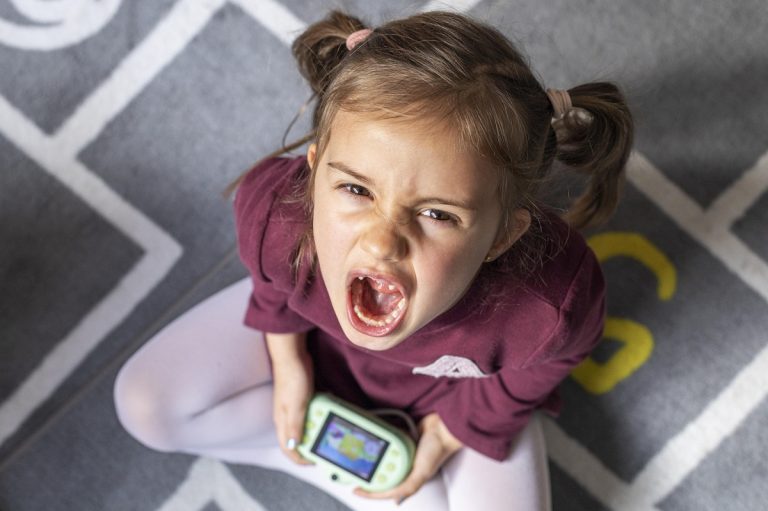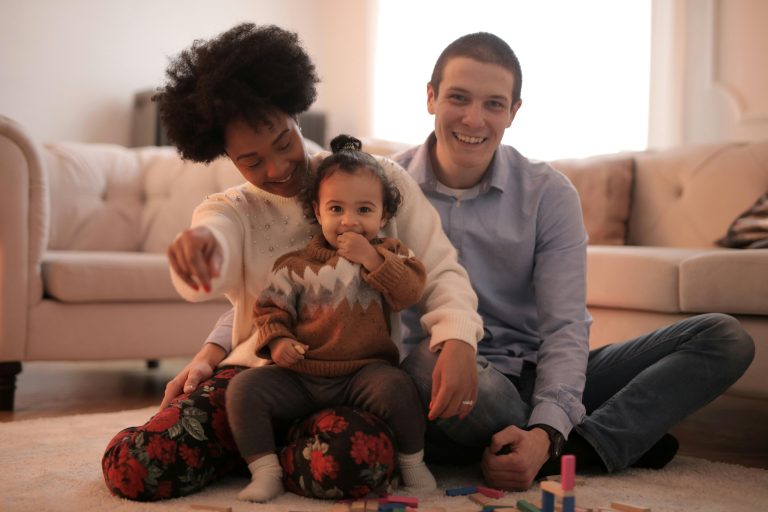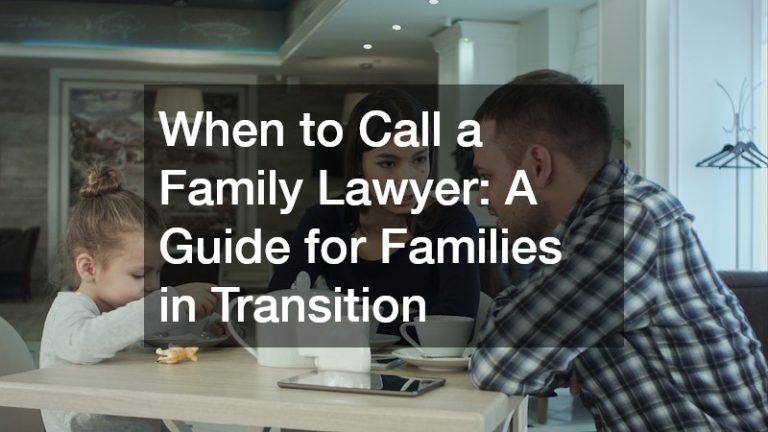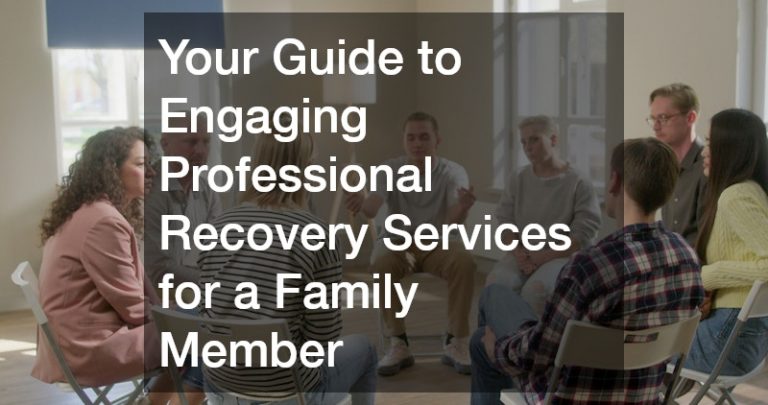There’s a lot of talk about bullying these days—how to prevent it, how to spot a bully, how to encourage reporting. But there’s never enough talk on what happens after, specifically how to bring back a student’s confidence after being bullied.
It also seems that most efforts are geared towards older students, the middle-schoolers through the senior high, but never on pre-schoolers. Of course, how can a four-year-old kid be a bully and be bullied? But then, research says so.
There’s a huge gap in anti-bullying efforts if there are no follow-up care strategies on young students who get bullied. This can seriously affect their performance in the classroom, and ultimately their life outside. Teachers then need to be intentional in making the class and the environment a safe place for rebuilding confidence.
Exercise empathy.
The worst thing teachers can do after bullying incidents is trivialising the struggles of their students. Yes, the teasing, the slight push off the swing, or the exclusion from a play don’t look serious to you, but to them, they do. It’s shameful, sad and fearful that even after you comfort them, they still find trouble socialising with classmates.
So, try to put yourself in your pupil’s shoes. Understanding their struggles is the first step in helping them rebuild their self-esteem. Avoid expecting that they will be okay immediately. Look for signs of being uneasy or threatened when they’re in the classroom and speak to them privately.
The principle is to show empathy. When your class sees this in you, especially the bullies, they’ll eventually follow suit, creating a culture of respect, which will empower the bullied.
Create opportunities for their strengths to be used.
You want to restore your preschooler’s belief in themselves. You want them to have a healthier self-perception, in which they’ll be able to fight back the self-doubts they experienced from all the teasing, name-calling or excluding.
So, tap their talents and skills. Find out where they’re good at and create opportunities where they can channel that. For instance, if they’re talented in dancing, perhaps you can have them lead your warm-up sessions in the morning. If they’re good at arts and crafts, let them talk about their sketches in front of the class.
If they’re not comfortable being the lead, have them do it in the background, for instance, assigning them to be the keeper of drawing materials in your tote trolley. Or, you can also place them in a group they can be comfortable in, so they wouldn’t feel the pressure of leading by themselves.
Encourage students to connect with each other.

Preschoolers who get bullied feel so ashamed that they think they’ll never have friends anymore. And this is often the reason they’re not able to feel really confident about themselves. You have to address this social aspect of the situation. You want them to feel connected and accepted again in a peer group.
Aside from letting the kids work in groups in your lessons, create activities where they can share their similarities and differences with one another. This way, rapport is built and the bullied becomes more comfortable with others and themselves. Hopefully, the bullies will realize also that they have something they can relate to in others, making them more empathetic.
Again, it’s not enough to prevent and deal with bullying. What you do after incidents matters as well. Bring back your student’s confidence with these strategies.











